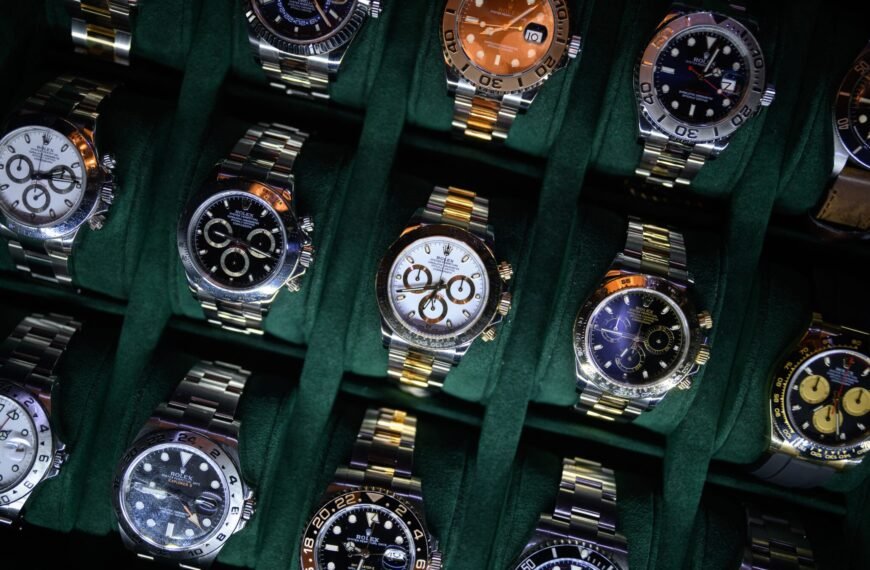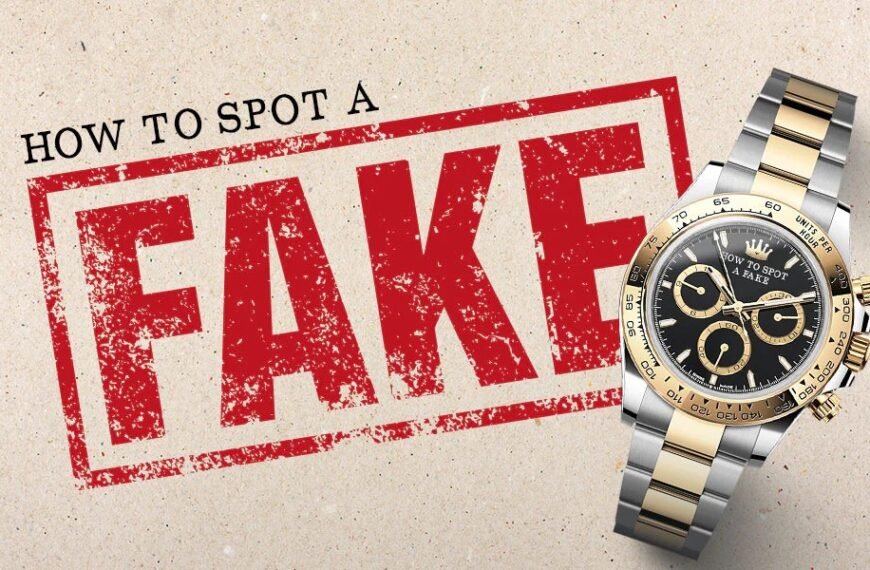
For much of the 20th century, a wristwatch was a staple accessory for men. However, in recent decades, there has been a noticeable decline in the number of men wearing watches. The question remains: why did men stop wearing watches? In this blog, we explore the various reasons behind this cultural shift and how the changing landscape of technology and fashion played a key role.
1. The Rise of Smartphones

One of the primary reasons men stopped wearing watches is the rise of smartphones. With the advent of mobile phones in the late 1990s and early 2000s, watches began to lose their primary function. Why wear a watch when you can easily check the time on your smartphone? The convenience of having multiple functions—time, calendar, alarm, and more—on a single device made watches feel unnecessary for many men.
Smartphones didn’t just replace watches in terms of utility; they also became fashion statements in themselves. As people became more reliant on their phones, the idea of wearing a watch purely for timekeeping began to fade.
2. Changing Fashion Trends

Another factor is the change in fashion trends. In previous decades, a wristwatch was a key symbol of masculinity and sophistication. Men’s fashion often incorporated watches as a status symbol. However, over time, casual and minimalist styles took center stage, particularly among younger generations. These trends focused less on accessories like watches and more on clothing and lifestyle items.
can You notice difference in pictures? That’s right! A Man without a watch doesn’t look as appealing and serious as man with the watch. Once the difference understood and ability to match outfit with watch attained – the man and it’s personality and aura changes!
As fashion became more casual, especially in work environments, the watch began to lose its place as a necessary accessory. Fewer men felt the need to wear a watch with everyday attire. The rise of athleisure and digital fashion further shifted attention away from traditional wristwatches.
3. The Appeal of Smartwatches

While traditional watches may have seen a decline, smartwatches have gained popularity. Devices like the Apple Watch and Fitbit offer far more than just timekeeping. With features such as fitness tracking, heart rate monitoring, and app connectivity, smartwatches provide a level of utility that surpasses traditional wristwatches.
For many men, this blend of style and technology has replaced the need for a classic timepiece. A smartwatch can look sleek, fit modern styles, and offer digital functions that appeal to tech-savvy individuals.
4. Watches as Collectibles, Not Daily Wear
Interestingly, while fewer men wear watches daily, the watch industry has not vanished. In fact, luxury watch collecting has become a popular hobby for many men. Brands like Rolex, Patek Philippe, and Omega remain symbols of status and wealth, but they are often worn for special occasions rather than everyday use.
For many, watches are now investment pieces or collectibles. They are viewed less as functional items and more as expressions of style or a financial asset that holds or increases in value. The luxury watch market remains strong, but everyday usage has declined.
5. Practicality and Lifestyle Shifts
Modern lifestyle changes have also impacted the need for wristwatches. Men who once worked in formal office environments and wore suits daily have now shifted to more flexible, remote, or casual workspaces. Wearing a traditional watch may not feel as practical in these settings, especially when many men are already using devices like laptops or smartphones throughout the day.
In addition, with the growing emphasis on minimalism and “decluttering,” many men now prefer to limit the number of accessories they own and wear. For some, a watch may feel like an extra or unnecessary item.
6. Cultural Shift Among Younger Generations

Another reason men stopped wearing watches is a cultural shift, particularly among younger generations. For millennials and Gen Z, accessories like wristwatches don’t carry the same significance they did for previous generations. Younger men are more likely to view a watch as an outdated relic or a sign of old-fashioned styles.
The emphasis today is on technology-driven gadgets, like smartphones, smartwatches, or wireless earbuds, rather than traditional accessories. This cultural shift has caused a generational divide in how men perceive watches as part of their daily attire.
Conclusion
So, why did men stop wearing watches? The answer lies in the convergence of technology, changing fashion trends, and lifestyle shifts. The rise of smartphones, the casualization of men’s fashion, and the appeal of smartwatches have all played a role in the decline of traditional wristwatches. However, watches haven’t disappeared entirely—they’ve simply taken on new meanings, either as luxury collectibles or as tech-driven smartwatches.
In today’s world, while many men no longer wear traditional watches daily, the wristwatch still remains a symbol of style, prestige, and personal taste for special occasions. Whether it’s a luxury item or a smartwatch, wrist accessories continue to evolve with the times.




